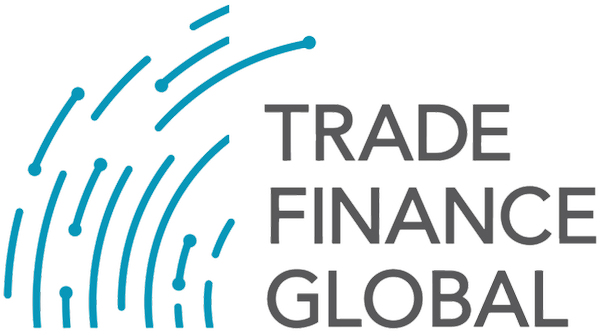From electronic trade documents to data-driven port management, 2025 looks set to be the year of digitalisation for the trade industry. Trade Finance Global (TFG) talked to Morgan Franc, CEO of Tinubu, to find out how trade credit insurance is evolving during this digital transformation.
Trade credit insurance is the backbone of modern trade, making it possible for financing and shipping to happen despite global uncertainty. Because of the many players involved in a transaction – from underwriters to brokers to exporters and logistics providers – accessing trade credit insurance is sometimes harder and slower than it should be.
“We live in a world where speed and immediacy are the norms,” summarised Franc. Digital solutions are making it possible for companies like Tinubu to streamline the process for the first time, making finding and accessing insurance easier than ever.
Digitalisation: intuitive or disruptive?
Franc highlighted three main ways by which leaders in trade credit are benefiting from technology: leveraging data, streamlining processes, and nurturing talent.
The former two points have attracted a considerable degree of coverage. Technology like AI makes it possible to collect and analyse massive amounts of data in milliseconds. This enables data-driven decisions on scoring and pricing, increasing efficiency in the sector.
Automation, which streamlines processes and improves margins, has been making it possible for trade credit insurance providers to expand and innovate, putting new products on the market and decreasing wait times. For example, online bots can reduce the time between submission and policy issuance and simplify the process, making it easier and faster for companies to access the coverage they need.
A crucial and occasionally overlooked factor, however, is for trade credit organisations to attract and retain talent. “The new generation of underwriters, raised with computers and smartphones in their hands, expect modern solutions, not outdated and manual processes,” explained Franc. The next generation are the future, and so, therefore, intuitive interfaces. It’s perceiving digital as the new norm that will help “win the talent war,” in Franc’s words.
The journey toward digital transformation appears most challenging not for new entrants but rather incumbent organisations in the insurance sector. Franc has observed that the biggest holdup is not in technology adoption itself but in the evolution of established processes, placing change management at the heart of digital transformation efforts.
Resistance primarily emerges around this change management aspect. Underwriters particularly struggle with the dual demands of adopting new digital tools whilst simultaneously evolving their longstanding processes to accommodate these innovations. As the Russian proverb goes, “Trust, but verify.”
Success in overcoming such resistance has been achieved through compelling evidence and practical demonstration. Tinubu has 14 carriers in more than 30 countries; over 1,000 unique underwriters; and over 6,000 brokers or corporates using its platform. “That means we have the data and the facts to prove to our customers and to future customers that it actually works,” said Franc.
A quarter century in industry
The trade credit insurance sector appears to be evolving from a relatively niche area into a more technologically sophisticated and expansive market with broader applications across specialty insurance.
Tinubu recently announced its acquisition of Inovio, a no-code enterprise solution, suggesting that speed and agility have become paramount in the trade credit insurance landscape. Carriers appear to require increasingly flexible software platforms that can rapidly adapt to changing market conditions and client needs, which points to a sector that is becoming more dynamic and responsive.
—
For insurance companies to take advantage of the digital revolution, they need a solid infrastructure upon which to build innovation. Existing platforms need to be strong, scalable, and ready for AI and automation implementation, and companies must be ready to expand their size and product range.
Collecting the right data and using it to improve business is the second pillar of digitalisation in trade credit insurance.
Digitalisation doesn’t come at the expense of human talent: having a wide pool of experts on both new technologies and the trade credit insurance business is crucial to driving innovation. And organisations must ensure they have technology in their lifeblood, creating the conditions in which the brightest of a generation raised online would want to work.





























